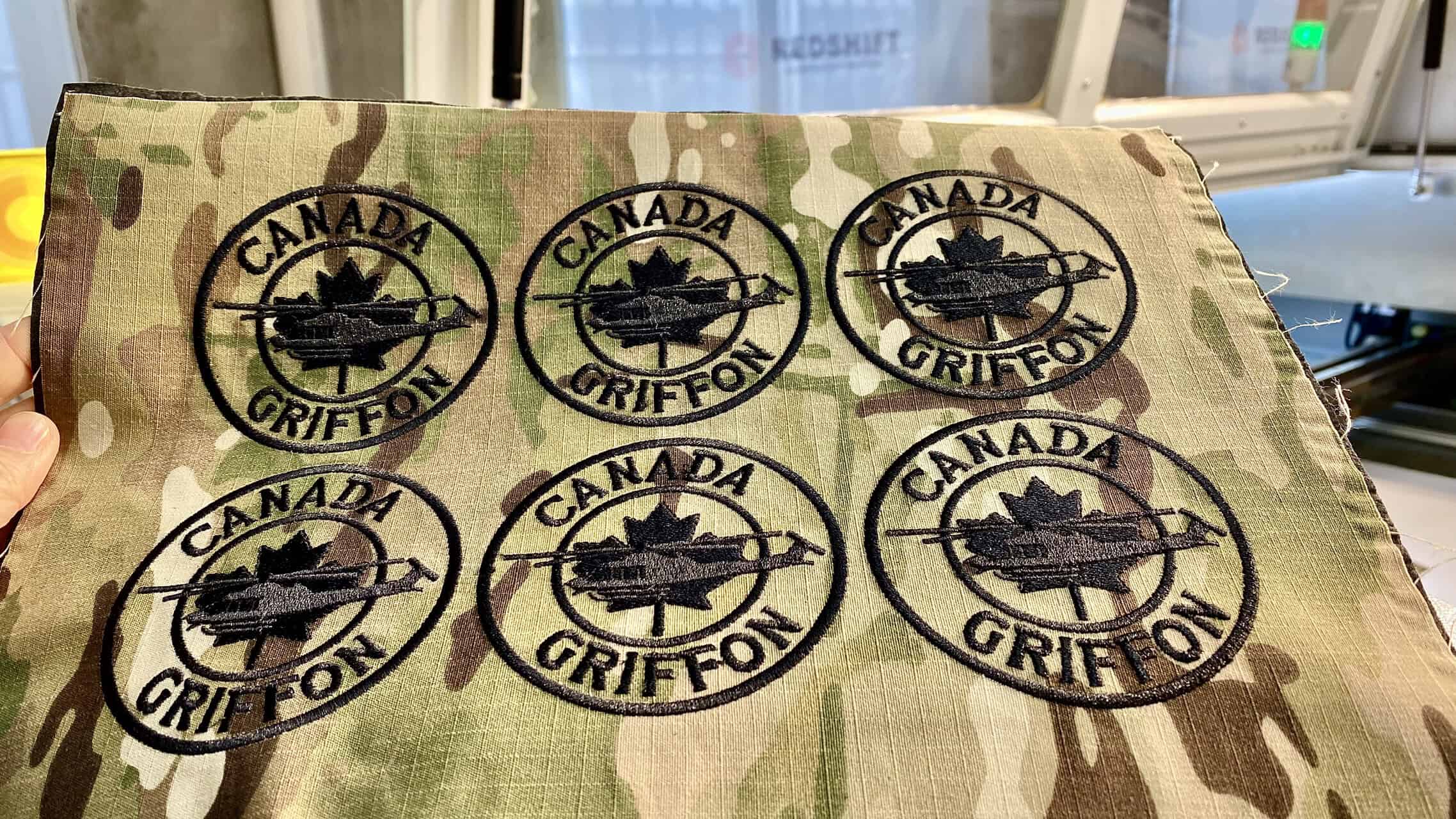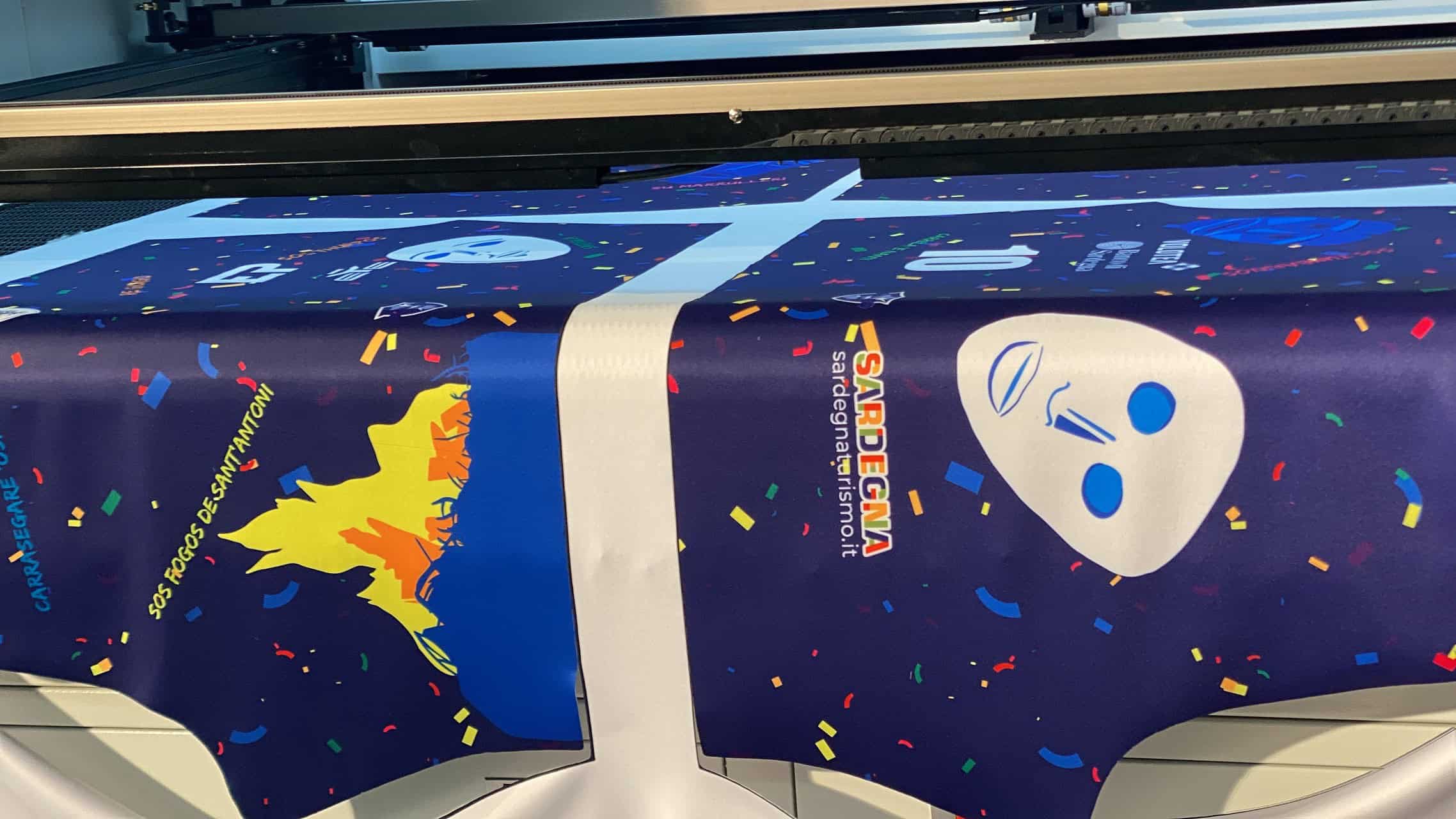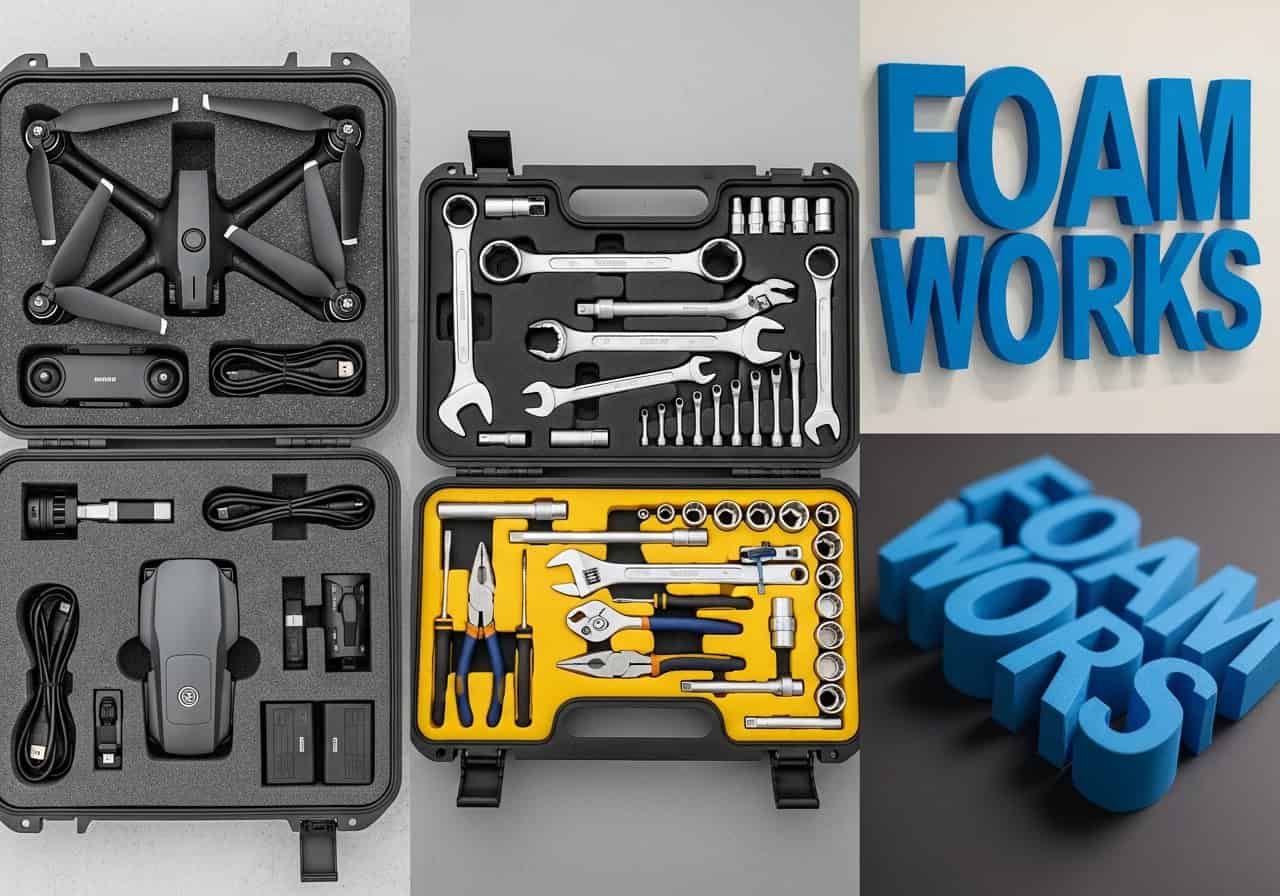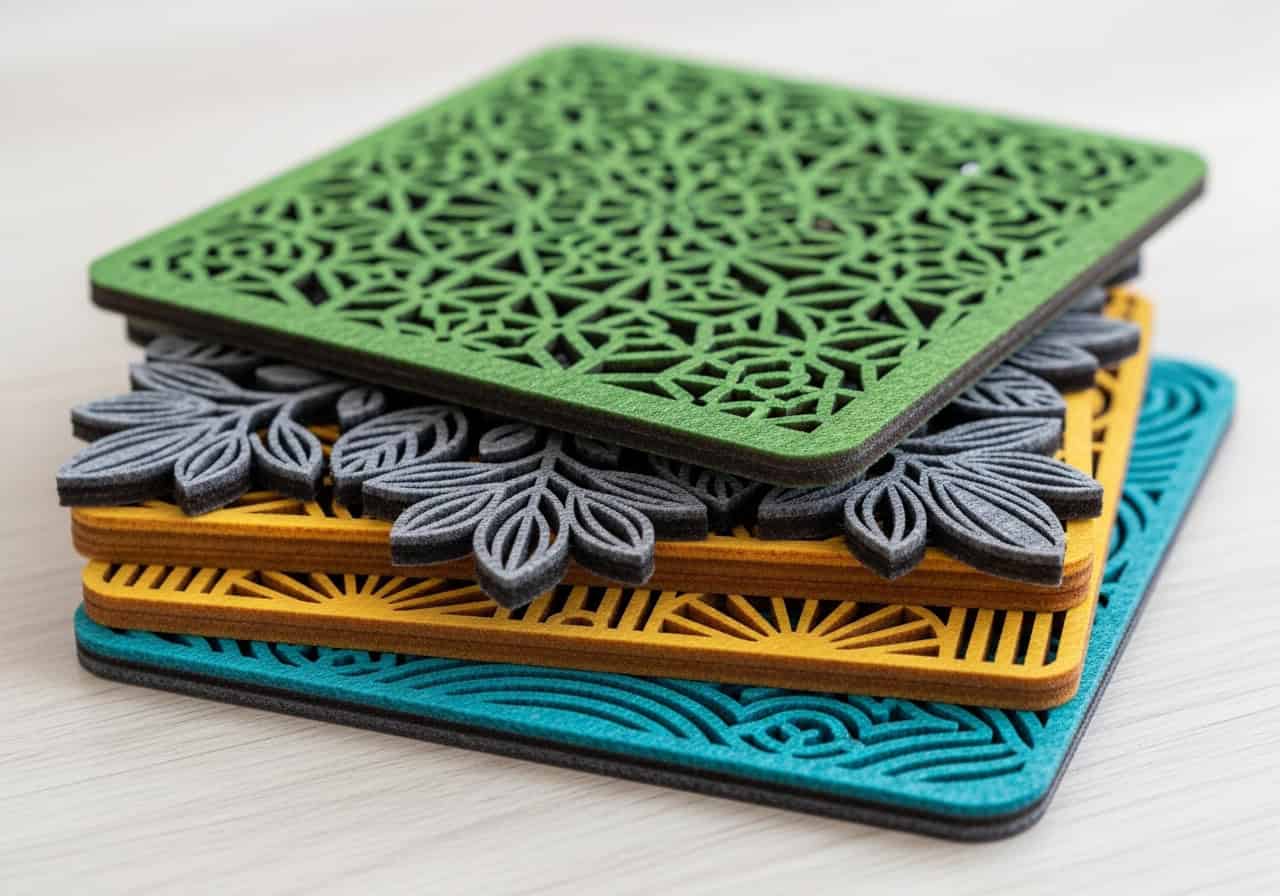Inconsistent cutting performance of CO2 glass laser tubes is a common issue in laser cutting systems, often causing problems such as poor edge quality, slow cutting speeds, and inconsistent depth. These performance issues can stem from several factors, ranging from the laser tube’s physical condition to the cutting parameters and machine settings. Let’s break down the potential causes and their corresponding solutions:
1. Laser Power Instability
Causes:
Aging laser tube, power supply fluctuations, insufficient cooling.
Solutions:
Measure output power with a power meter. Replace the tube if power drops by >10%.
Ensure stable input voltage (use a stabilizer if needed).
Maintain coolant temperature ≤25°C and replace water regularly.
2. Optical Path Misalignment or Contamination
Causes:
Mirror/refocusing lens misalignment, dust/dirt, condensation.
Solutions:
Recalibrate the optical path to ensure vertical beam alignment and proper focus on the material surface.
Clean lenses with ethanol or specialized cleaner (avoid fingerprints/oil).
Prevent condensation: Keep humidity <60% and insulate the laser tube.
3. Incorrect Focus Position
Causes:
Z-axis drift, auto-focus failure, uneven material placement.
Solutions:
Manually adjust focus (typically 1–2mm below the material surface for carbon steel).
Inspect mechanical components (rails, screws) for looseness; tighten and lubricate.
Use a flat, rigid platform (e.g., marble) to stabilize materials.
4. Auxiliary Gas Issues
Causes:
Unstable gas pressure, low purity, clogged nozzle.
Solutions:
Gas selection: Use ≥99.6% oxygen for metals, ≥99.99% nitrogen for non-metals.
Pressure adjustment: Match pressure to material thickness (e.g., 12–18 psi for 1–2mm carbon steel).
Clean/nozzle replacement: Remove debris with a needle; replace damaged nozzles.
5. Material Factors
Causes:
Inconsistent material quality, surface contamination, thickness variations.
Solutions:
Test material batches for uniformity.
Clean surfaces with alcohol; remove oxidation layers with sandpaper.
Avoid cutting materials thicker than the machine’s rated capacity.
6. Maintenance and Parameter Settings
Causes:
Degraded optics, unoptimized parameters, poor cooling.
Solutions:
Replace mirrors/lenses periodically (e.g., every 500 hours).
Optimize parameters (power, speed, frequency) per material type:
Example: 3mm acrylic: 80W, 15mm/s, 20kHz.
Example: 1mm stainless steel: 150W, oxygen at 15psi, 8mm/s.
Check software triggers and resolve conflicts.
7. Environmental Interference
Causes:
Temperature fluctuations, vibrations (e.g., nearby machinery).
Solutions:
Operate in a temperature-controlled environment (20±2°C).
Isolate the machine from vibration sources; use anti-vibration mounts.
Troubleshooting Flowchart
Start ↓
Cutting Failure?
↓
Check Laser Power
├─ No → Replace Laser Tube
└─ Yes → Check Optical Path
├─ Misaligned/Dirty? → Clean/Recalibrate Mirrors
└─ Focus Issue? → Adjust Z-Axis/Check Alignment
↓
Check Auxiliary Gas
├─ Pressure/Purity Problem? → Adjust Gas Settings/Replace Nozzle
└─ Material Issue? → Inspect Material Quality/Surface
↓
Optimize Parameters/Environment
↓
Retest
Additional Recommendations
Logbook: Record parameters (power, speed, material) for root cause analysis.
Spare Parts: Keep backup laser tubes and optics for minimal downtime.
Support: Engage the manufacturer for advanced diagnostics (e.g., beam profiling).
This structured approach typically resolves issues within 3–5 business days. Most problems stem from focus misalignment or gas-related issues – prioritize these during troubleshooting.







